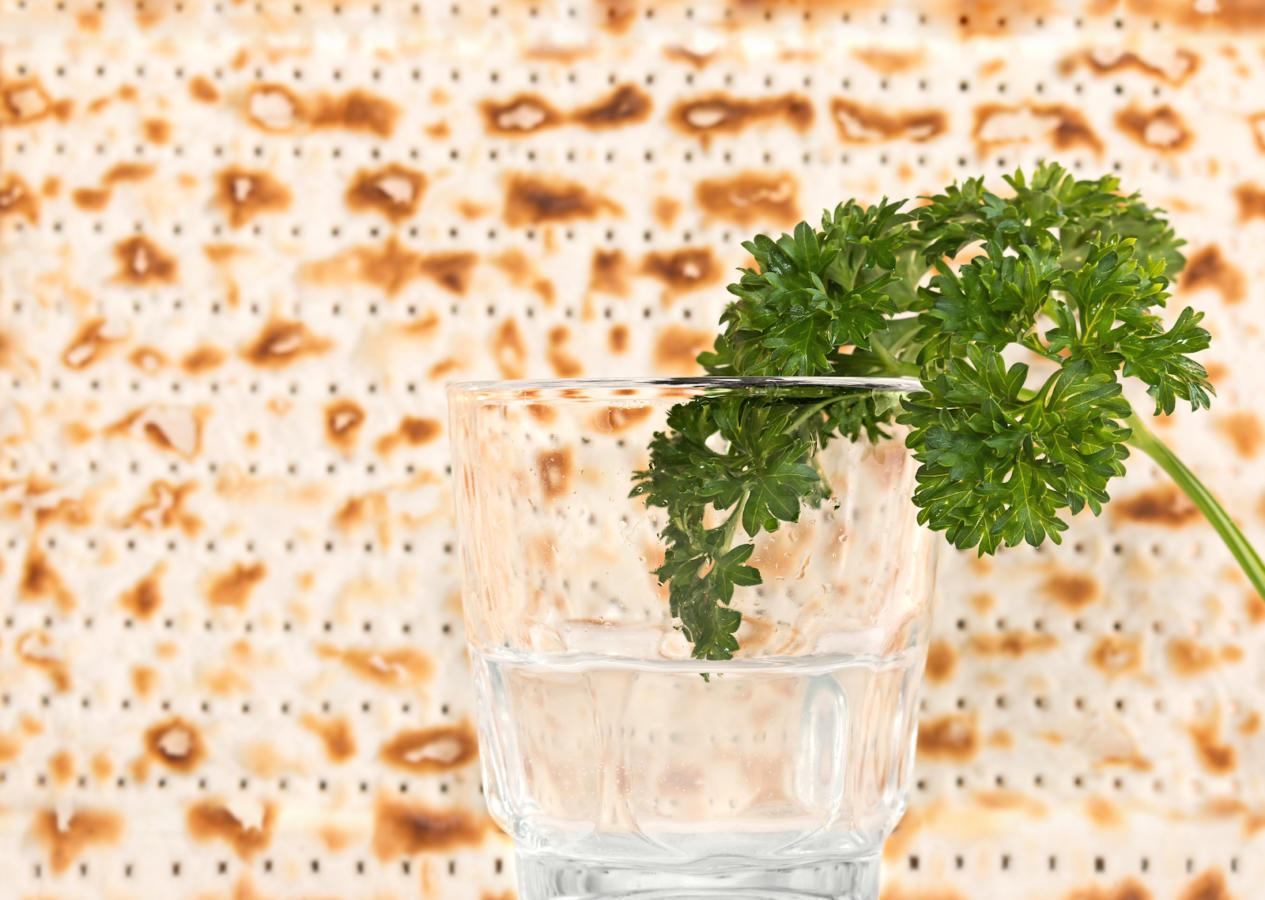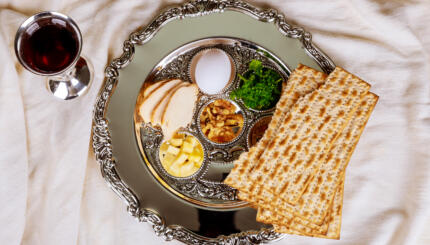One of the dirty little secrets about the Jewish calendar is that many of the holidays have agricultural subtexts, which over time have been muted or lost completely under the historical and religious themes that were layered on top of them. Two of these holidays, Sukkot and Shavuot, have maintained a relatively transparent relationship to their earthy roots. But finding the natural themes of Passover takes a bit more digging.
The first step is to forget about Moses — for now anyway — and recall that Passover, also known as Hag Ha-Aviv (holiday of spring), is one of the Torah’s three mandated pilgrimage festivals. It is inextricably linked to the beginning of the barley harvest in Israel. Leviticus 23:10-11 describes the omer (sheaf) offering of barley (the first grain to ripen in the spring) that took place in the Temple on the second day of Passover:
When you enter the land that I am giving to you and you reap its harvest, you shall bring the first sheaf of your harvest to the priest. He shall elevate the sheaf before the Lord for acceptance on your behalf.
This priestly grain dance symbolized prosperity and was the official green light that the season’s harvest could be consumed. Today, Jews count the Omer for 49 days, starting on the second night of Passover–to coincide with the date of the omer offering–and continuing through (the beginning of the wheat harvest). In most cases, however, Omer practices have been almost completely disembodied — stripped of their connections to grain and ground.
The Seder Plate is Already Green
Contemporary Jews are, of course, forbidden to bring sheaves of just-picked barley, which is hametz, to our tables. Still, if one is willing to look, signs of spring and nature’s rejuvenation abound throughout Passover. This is especially true of the seder plate, which weaves together the historical and agricultural in one eating ritual.

Help us keep Jewish knowledge accessible to millions of people around the world.
Your donation to My Jewish Learning fuels endless journeys of Jewish discovery. With your help, My Jewish Learning can continue to provide nonstop opportunities for learning, connection and growth.
READ: What’s On the Seder Plate and Why
The roasted lamb bone (z’roa), which commemorates lamb sacrifices made at the Temple is taken from one of spring’s most iconic babies. The green vegetable (karpas) sitting next to it that gets dipped in saltwater is a symbol of the first sprouts that peak bravely out of the just-thawed ground in early spring. The roasted egg (beitzah) recalls both the sacrifices made at the Temple and also spring’s fertility and rebirth.
Hametz as a Metaphor
Even before Passover begins, the act of removing from our homes offers other opportunities to connect to the natural world. This period of “Jewish spring cleaning” requires us to shake out our sheets and round up any bread or crumbs hiding in our kitchen cupboards. But removing hametz from our homes can also remind us to get rid of the excess “stuff” clogging up our lives — to liberate ourselves from any emotional or spiritual baggage from the year, and send bad habits packing.
READ: How to Make Your Home Kosher for Passover
It is a perfect time to recycle the stack of junk mail piling up on the desk (and stop more from coming), plant seedlings in the garden, start composting, switch to compact fluorescent light bulbs, or volunteer for a cleanup day at a nearby river, beach, forest, or park. It also offers a great opportunity to plan ahead, in order to avoid the all-too-common overuse of disposable dishes during Passover. As you clean out your kitchen cabinets, stock them with light-weight, recycled dishes and cutlery, like the stylish offerings from Preserve, which store easily and can be reused year after year.
While these actions might seem like a distraction on an otherwise busy pre-Passover to-do list, integrating them into our holiday preparations can imbue our celebration with deeper significance that lasts beyond the holiday.
During Passover, all Jews are challenged to remember the Israelites’ journey from slavery to freedom, and feel as if they went through it themselves. But for those willing to dig even further, the story of Passover is not simply historical. It is rooted to the land, the giddy joys of spring, and to the reminder that after every period of dormancy and every experience of suffering, new life awaits just under the soil.
Find more practical resources and ideas for “greening Passover” at The Jew & The Carrot, The Nation, and The Kitchn.


